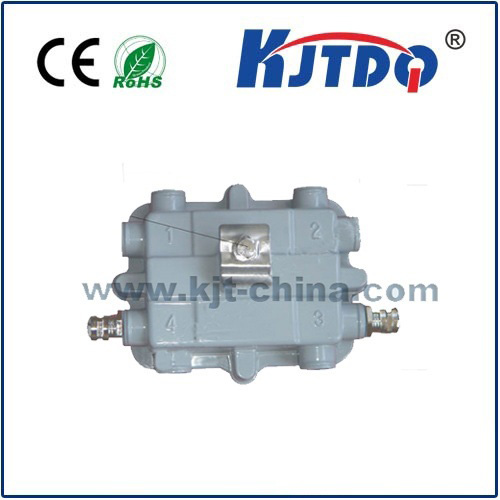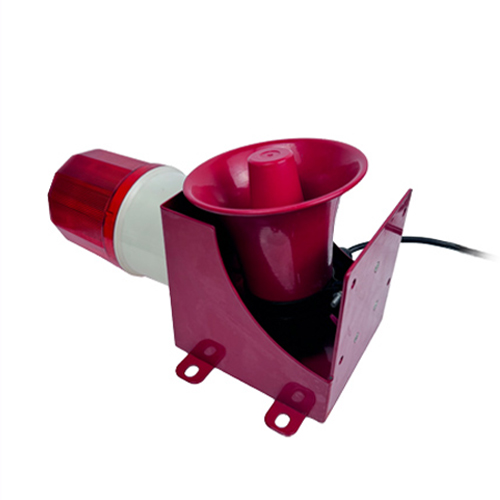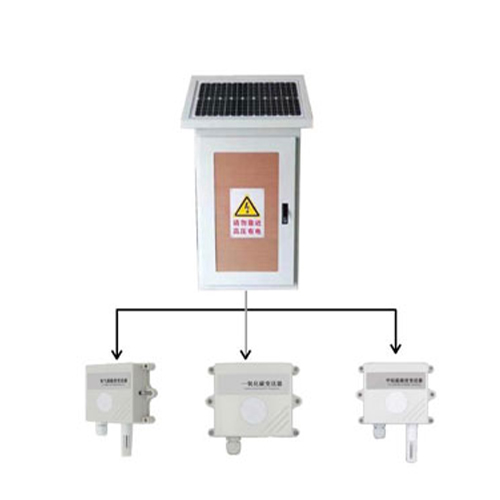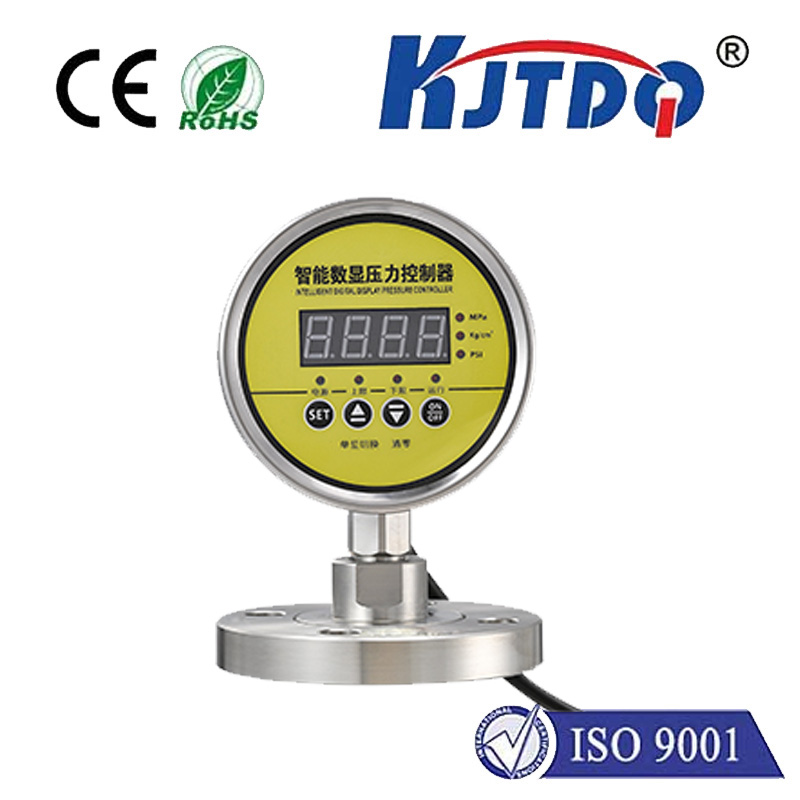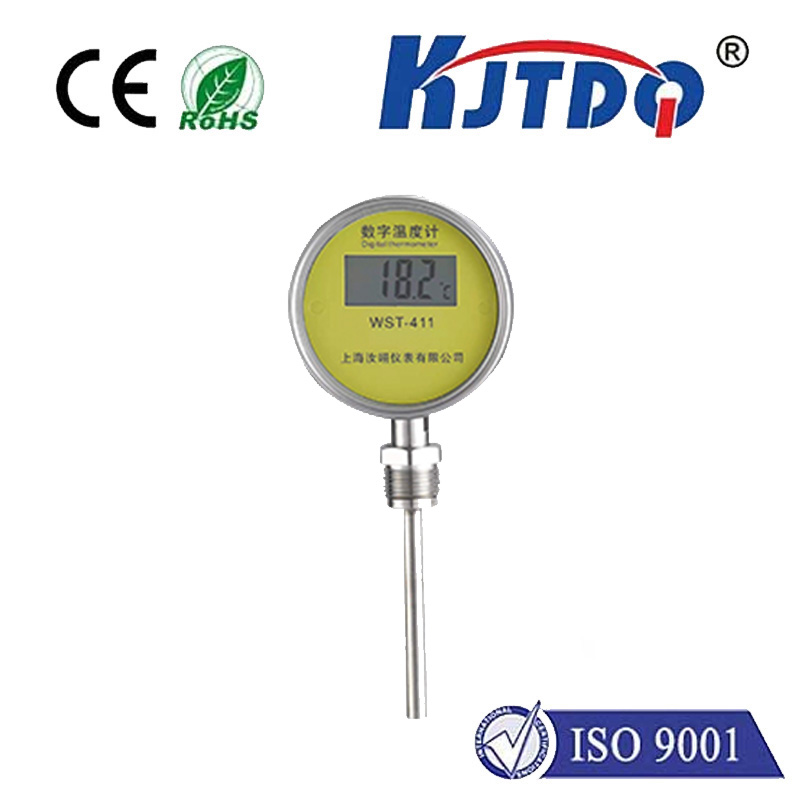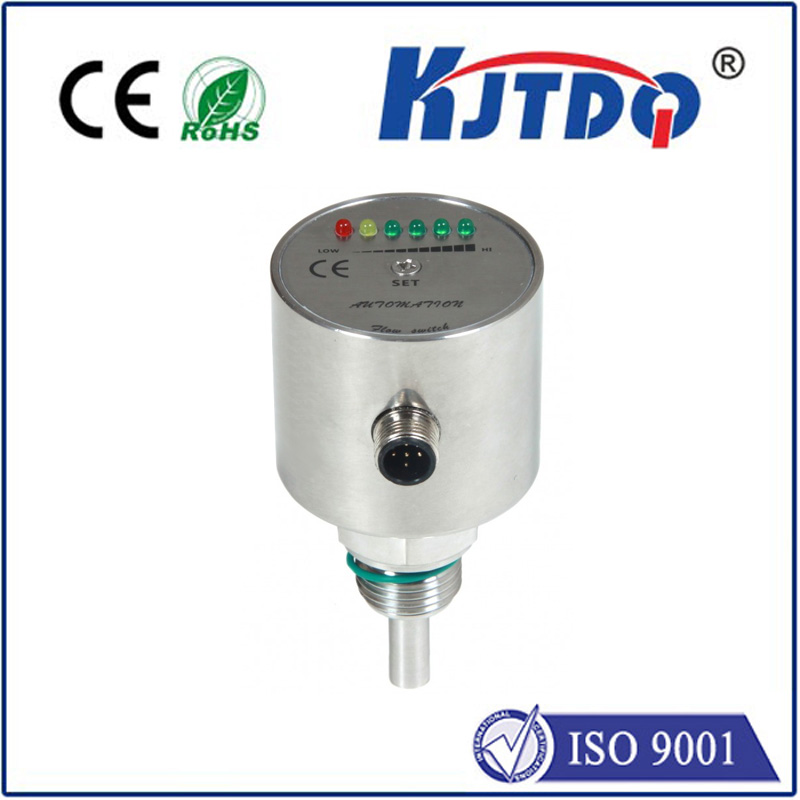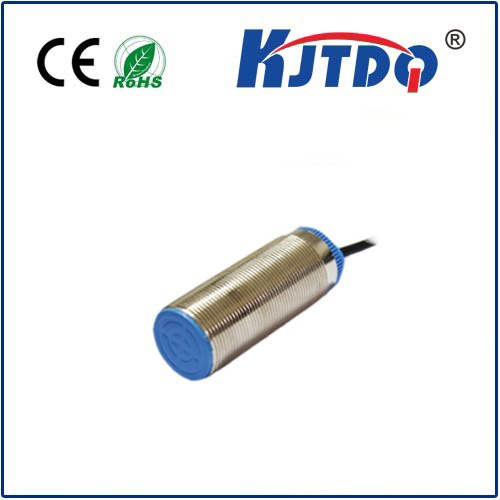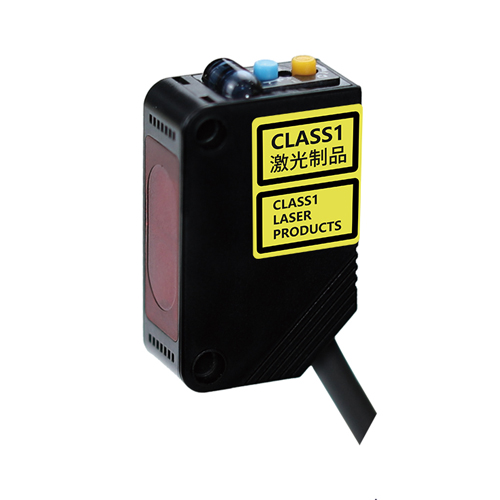

check

check

check

check
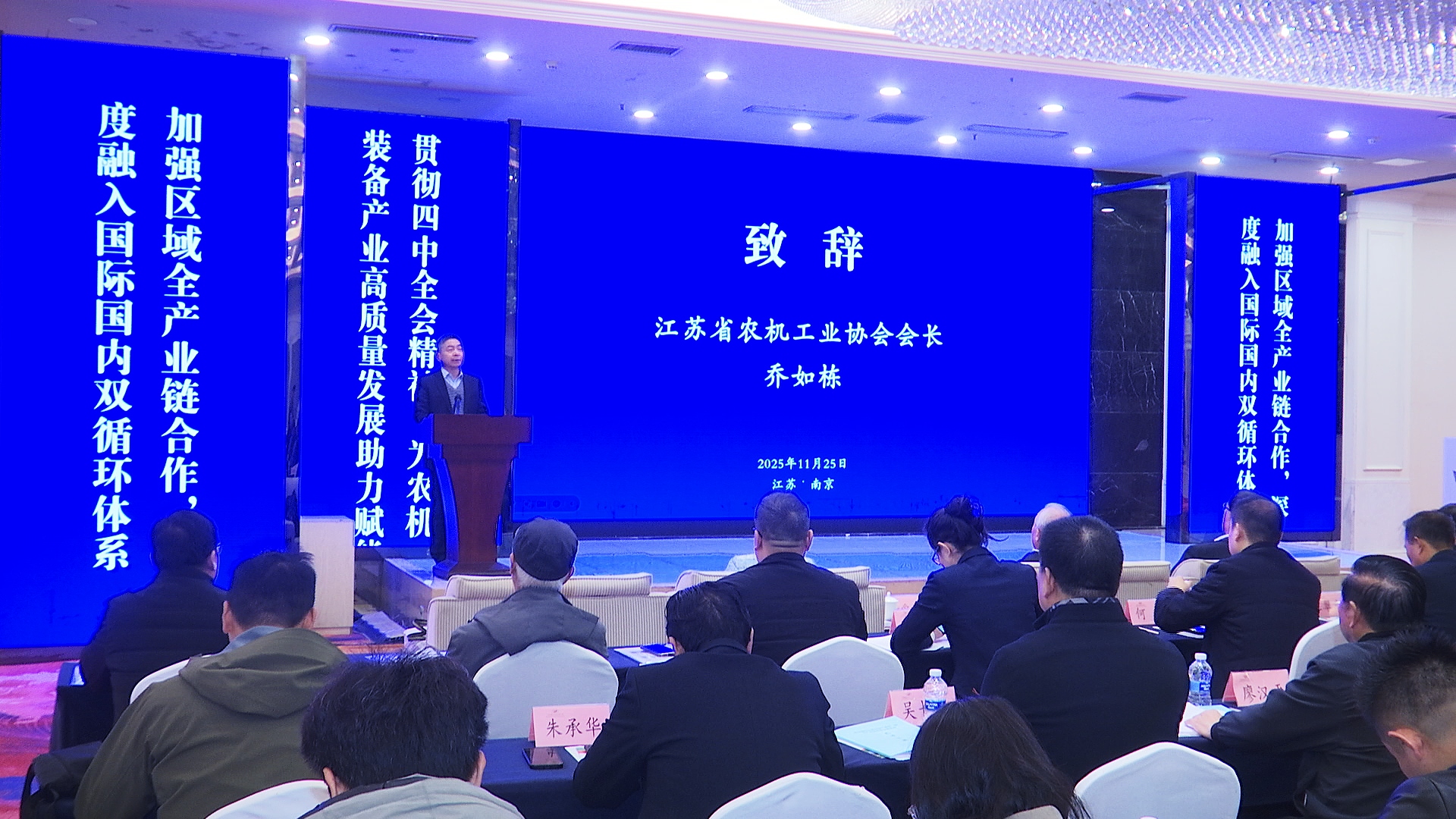
check

check
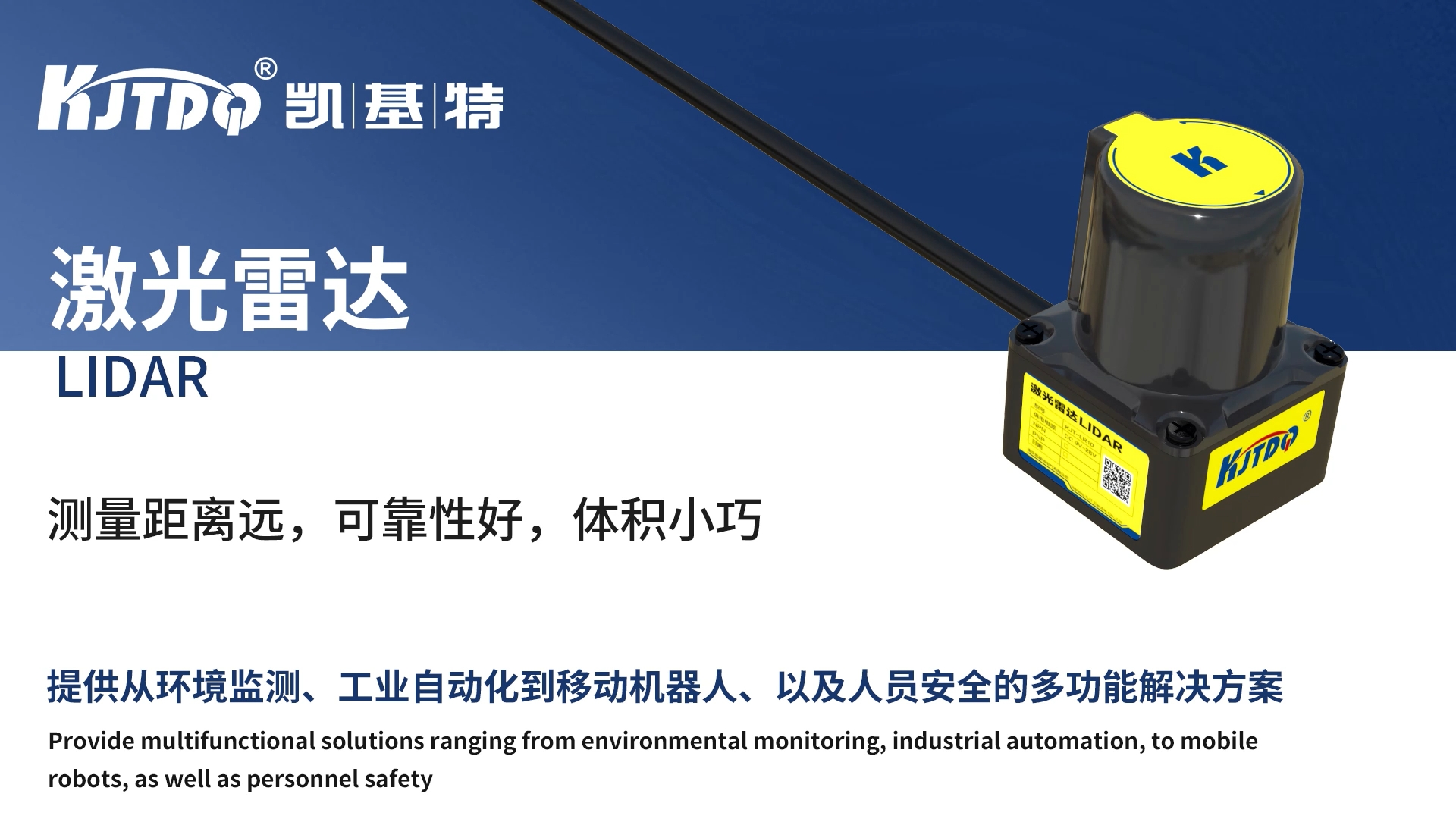
check

check

check

check

Title: An Insight into PNP Inductive Proximity Sensors In the world of automation and sensing technology, the PNP inductive proximity sensor is a critical component. This device, which utilizes electromagnetic fields to detect the presence of metallic objects, is widely used in various industries for its reliability, efficiency, and versatility. The PNP inductive proximity sensor consists of two main parts: the oscillator and the amplifier. The oscillator generates a high-frequency alternating electromagnetic field that penetrates the sensor’s surface. When a metal object comes into this field, it absorbs part of the field’s energy, causing a change in the amplitude and phase of the signal received by the sensor. This change is then detected by the amplifier, which converts it into a electrical signal that can be read by a controller or a programmable logic controller (PLC). One of the key features of the PNP inductive proximity sensor is its ability to operate over a wide range of temperatures and voltages, making it suitable for use in harsh industrial environments. Additionally, its compact size allows it to be easily installed in confined spaces, and its lack of mechanical moving parts means it requires minimal maintenance. The PNP inductive proximity sensor is used in a wide range of applications, including material handling, packaging, conveying, and automotive manufacturing. It can be used to detect the presence of metal parts, control machinery operations, and ensure product quality by preventing jams and blockages in processing lines. In conclusion, the PNP inductive proximity sensor is a vital tool in modern industrial automation systems. Its ability to reliably detect metallic objects under a variety of conditions makes it an essential component in many manufacturing processes. As technology continues to evolve, we can expect these sensors to become even more sophisticated and versatile, further enhancing their role in our automated world.

